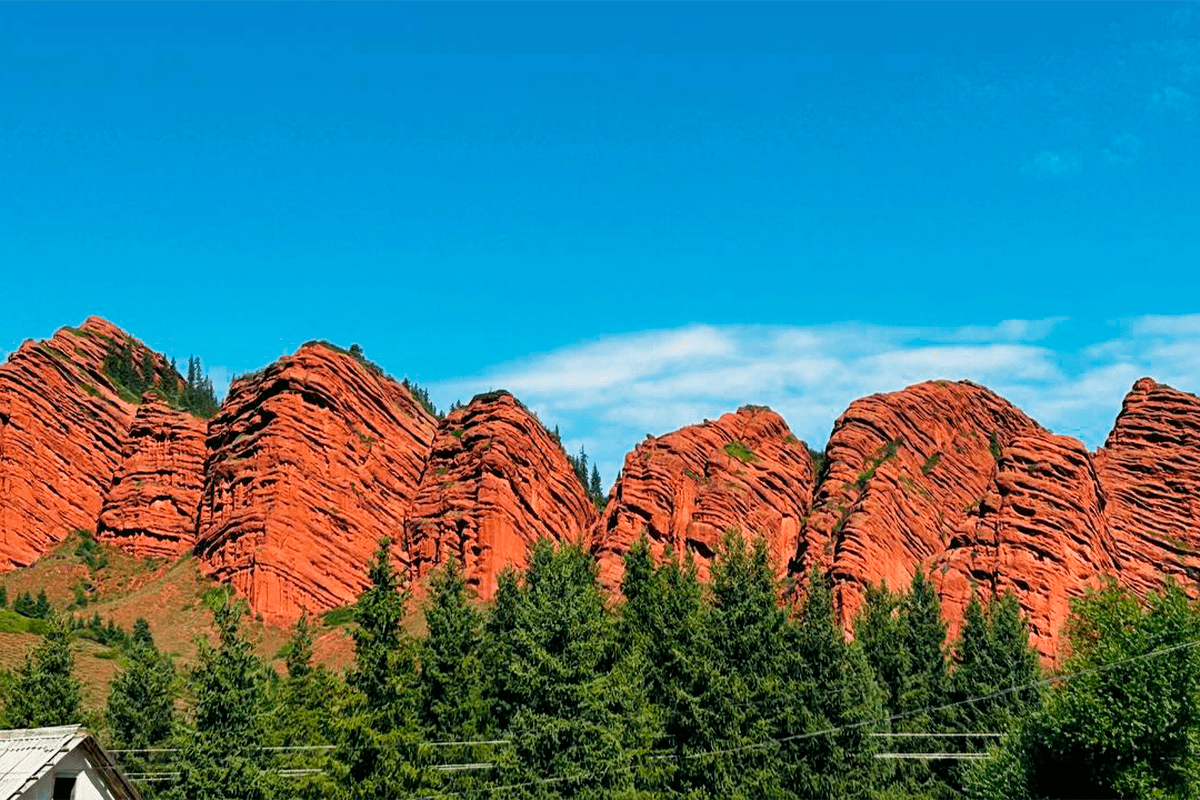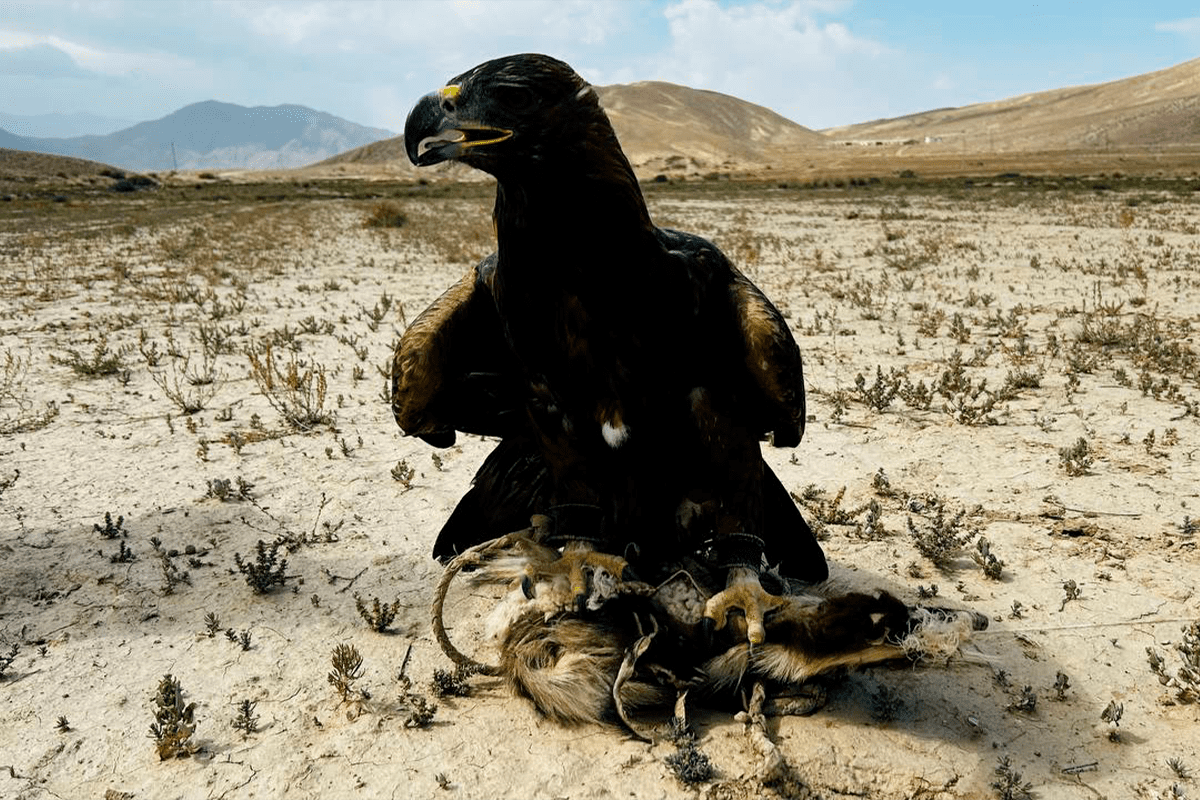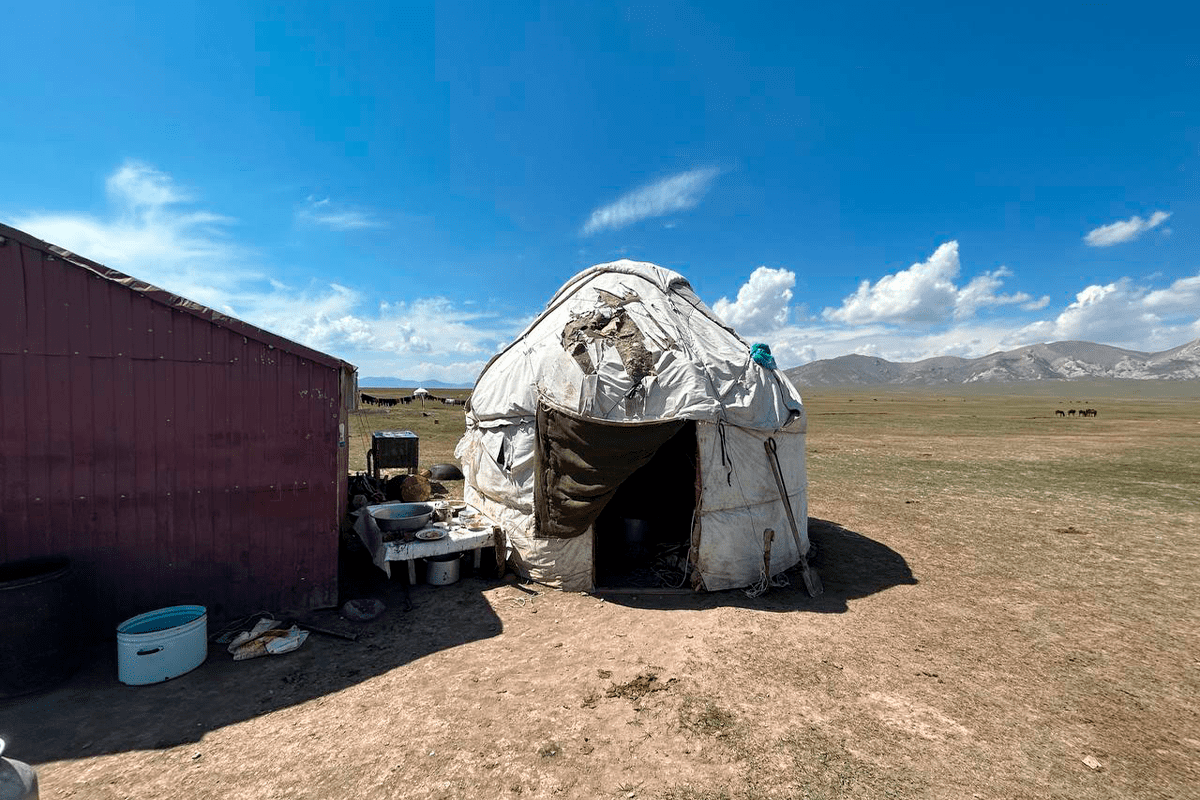The nature of Kyrgyzstan.The stunningly beautiful and clean nature of Kyrgyzstan is one of the main reasons why you should definitely visit this country. Mountains occupy 94% of the country’s territory, so Kyrgyzstan offers trekking, hiking and outdoor recreation. From wide open valleys to high-altitude glaciers, visitors to this unique region of Central Asia will discover an amazing variety of landscapes and natural attractions.
Kyrgyzstan is divided into north and south by the Tien Shan Mountains. The most densely populated areas of Kyrgyzstan are the wide valley areas around the mountain range, such as the Chui Valley in the north and the Ferghana Valley in the south. The largest cities of Kyrgyzstan – Bishkek and Osh, where most agricultural enterprises are concentrated, are located in these areas. From these cities, you can easily enjoy many beautiful natural objects, such as mountains, nature reserves, lakes or attractive landscapes along the roads.
Kyrgyzstan is famous for Lake Issyk-Kul, the second largest alpine lake in the world, which is also called the pearl of Central Asia. The largest number of resorts and public beaches are located on the northern shore of Lake Issyk-Kul, and the southern shore is famous for its nature and valleys. Karakol, the largest city of Issyk-Kul region, is the starting point for hiking to the most famous glaciers and mountains, for example, from here you can visit the famous Jeti-Oguz gorge.
The Tien Shan itself is an ecosystem consisting of deep gorges with turbulent streams, rocky peaks, small forests and vast upland meadows. In summer, there are yurts of semi-nomads on these meadows, who bring their cattle here to feed them with juicy mountain vegetables. Lakes hide between the peaks, some of which are seasonally replaced by glaciers. One of the most famous mountain lakes – Son-Kul – is located at an altitude of 3 thousand meters, and you can get to it only in summer. Victory Peak on the border with China is the highest peak of the Tien Shan, reaching 7439 m above sea level. Nearby is Han Tengri, whose height is about 7,000 meters above sea level.
High mountains are home to many animals. Birds of prey such as eagles, hawks and falcons are often found. Less common are Marco Polo sheep with large curved horns and a snow leopard that hides in the mountains and does not want to be seen. In recent years, Kyrgyzstan has begun to pay great attention to the protection of its own ecosystems and animals, such environmental events as the World Snow Leopard Forum are being held.
In the southern part of Kyrgyzstan, the plains of the Fergana Valley prevail. The plains are known for their fertility and provide a large number of people and farmers. Osh, the second largest city of Kyrgyzstan, is located in the Fergana Valley. In summer, sunflower fields are spread out here, making the villages even more beautiful. The largest natural walnut forest in the world is located in Arslanbob, Jalal-Abad region.
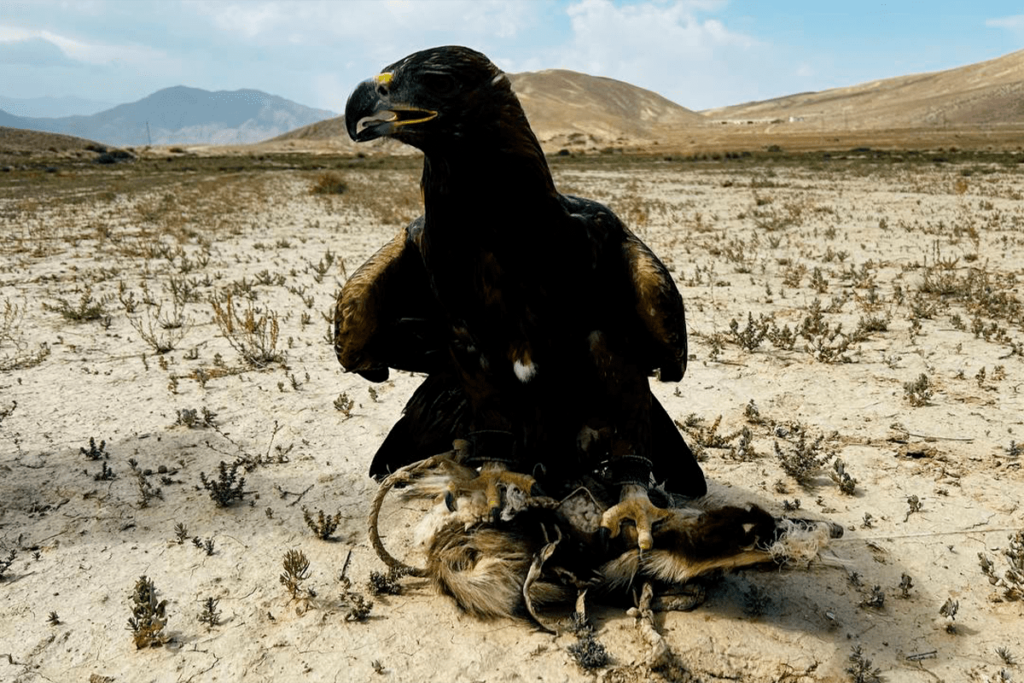
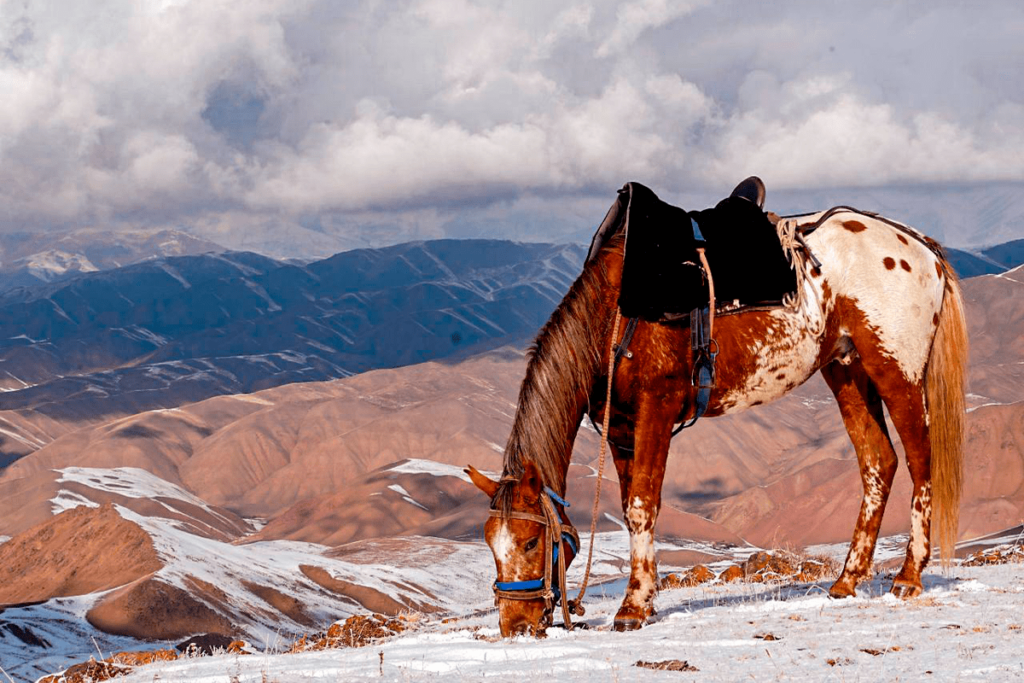
In the south of Kyrgyzstan, the Pamir Mountains divide Tajikistan and China. Just across the border with Tajikistan is Lenin Peak with a height of 7134 m . Lenin Peak is one of the easiest seven-meter peaks in the world to climb and is popular with climbers.
the countries are extremely diverse. Thermal conditions and precipitation regime change significantly with altitude, which leads to the formation of natural highlands (foothill plains), which are a transitional stage from typical desert landscapes to mountainous (foothills, mesas and alpine). The physical and geographical appearance of these highlands has its own peculiarities depending on the geographical location, surface structure, relief and fauna, each of which is original and interesting for tourists and researchers.
The flora and fauna of Kyrgyzstan are diverse and heterogeneous. The complexity of the geographical environment and the location at the junction of zoogeographic areas are the main factors in the formation of flora and fauna. In terms of the number of species of flora and fauna per unit area, Kyrgyzstan leads among many countries of the world, and this is recognized by the world community. Despite the fact that the area of Kyrgyzstan is only 0.04% of the Earth’s surface, about 2% of the world’s flora and more than 3% of fauna live on its territory. Since a significant part of the country’s territory is occupied by mountains, the distribution of flora and fauna is subordinated to high-altitude zones. In Kyrgyzstan, all natural zones characteristic of the northern hemisphere are common. Their distribution also largely depends on the degree of exposure of the slopes. Heat-loving, drought-resistant plants grow on the southern slopes, and moisture-loving, frost-resistant species grow on opposite slopes (sometimes at a distance of several hundred meters from each other).
Kyrgyzstan is home to more than 500 species of vertebrates, about 50 species of fish, 4 species of amphibians, 28 species of reptiles, about 350 species of birds and 86 species of mammals. As for protozoa and invertebrates, there are at least 20-30 thousand species, of which only about 4 thousand have been studied. The vertebrate fauna is the most well studied.
The flora is diverse, numbering about 4,000 species of only higher plants. The vegetation of Kyrgyzstan is characterized by originality, richness and rhythmicity of flora development, a large number of endemic and useful species.
There are desert, semi-desert, steppe, forest, shrub, swamp and mountain-tundra areas in the country. Sparse vegetation prevails in large areas, which belongs to rocky and cliff plant groupings.

